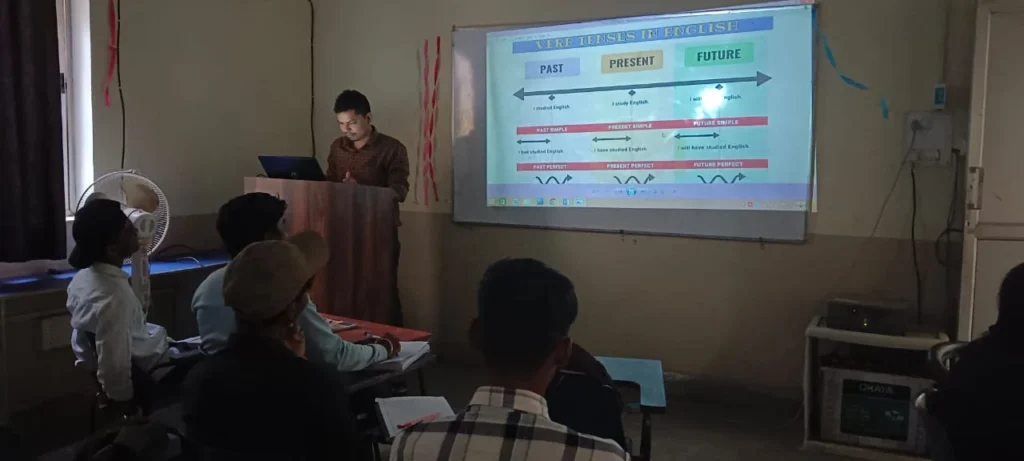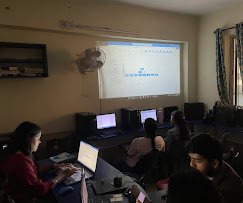Essential Skills Required to Become a Machine Learning Engineer
Essential Skills Required to Become a Machine Learning EngineerBy Emancipation Edutech Pvt. Ltd. – Best Training Center in Ranchi, Plaza Chowk In today’s digital era, Machine Learning (ML) has become one of the most exciting and high-demand fields in technology. From predicting customer preferences to powering self-driving cars, ML is transforming industries and the way we interact with technology. As companies across the globe rely on automation and intelligent systems, the demand for skilled Machine Learning Engineers is growing rapidly. If you dream of building a successful career in this futuristic domain, it’s essential to understand the core skills required to become a Machine Learning Engineer. And if you’re in Ranchi, Emancipation Edutech Pvt. Ltd., located at Plaza Chowk, is the perfect place to learn and master these skills through expert-led, practical training. 1. What Does a Machine Learning Engineer Do? A Machine Learning Engineer is a professional who designs, builds, and deploys machine learning models that allow computers to learn from data without explicit programming. These engineers combine the expertise of software development, mathematics, and data analysis to develop intelligent systems capable of making predictions and automating tasks. They work on various applications such as: To excel in this career, one must develop a combination of technical, analytical, and problem-solving skills. 2. Essential Skills to Become a Machine Learning Engineer Let’s explore the most important skills every aspiring machine learning professional must have: (a) Strong Knowledge of Programming Languages Programming is the foundation of machine learning. The most popular languages are: At Emancipation Edutech Pvt. Ltd., students learn Python from scratch with hands-on coding sessions and real-world applications. (b) Understanding of Mathematics and Statistics Mathematics is at the heart of every ML algorithm. You must be comfortable with: Without a solid mathematical foundation, it’s difficult to design accurate and efficient ML models. (c) Data Handling and Preprocessing Machine learning models rely on clean, well-structured data. Engineers should know how to: Emancipation’s Data Science and ML courses teach students how to manage large datasets and prepare them for predictive modeling. (d) Knowledge of Machine Learning Algorithms To build effective models, you must understand how different ML algorithms work.Some key algorithms include: At Emancipation, students get hands-on practice implementing these algorithms on real-world projects. (e) Deep Learning and Neural Networks Deep Learning is an advanced branch of ML that focuses on artificial neural networks used in applications like image recognition, natural language processing (NLP), and autonomous vehicles.Essential tools include: Learning these frameworks gives you the edge to build modern AI-powered systems. (f) Data Visualization and Communication A Machine Learning Engineer must be able to communicate results clearly. Visualization tools help interpret data and share insights with non-technical teams.Popular tools include: Emancipation provides training in Power BI and Advanced Excel, ensuring that students can effectively present data findings. (g) Software Engineering and Model Deployment Building a model isn’t enough — deploying it efficiently is equally important. Engineers should understand: This combination of programming and engineering skills helps transition ML prototypes into real-world production systems. (h) Problem-Solving and Analytical Thinking A good ML Engineer doesn’t just know tools — they know how to think. Analytical thinking helps identify the right algorithm and strategy for solving specific business challenges. Emancipation emphasizes real-world case studies and project-based learning to strengthen these abilities. 3. How Emancipation Edutech Pvt. Ltd. Helps You Master These Skills At Emancipation Edutech Pvt. Ltd., Plaza Chowk, Ranchi, the focus is on practical, project-based learning. The institute provides top-quality Machine Learning, Data Science, and Python training aligned with industry needs. Here’s what makes Emancipation stand out: Whether you are a student, graduate, or working professional, Emancipation provides the right path to becoming a skilled Machine Learning Engineer. 4. Conclusion Becoming a Machine Learning Engineer requires dedication, consistent practice, and the right training. By mastering the essential skills like programming, statistics, data handling, and algorithm development, you can unlock a world of opportunities in AI and automation. For students in Ranchi, Emancipation Edutech Pvt. Ltd. at Plaza Chowk offers the perfect platform to build these skills and start a rewarding career in Machine Learning and Data Science. With expert trainers, hands-on learning, and career support, you’ll be ready to take your first step into one of the most innovative and future-ready careers in the tech industry. Emancipation Edutech Pvt. Ltd.Best Training Center in Ranchi | Plaza ChowkCourses: Machine Learning | Data Science | Python | AI | Power BI | Data AnalyticsEmpowering Students with Skills for the Future of Technology.
Essential Skills Required to Become a Machine Learning Engineer Read More »









